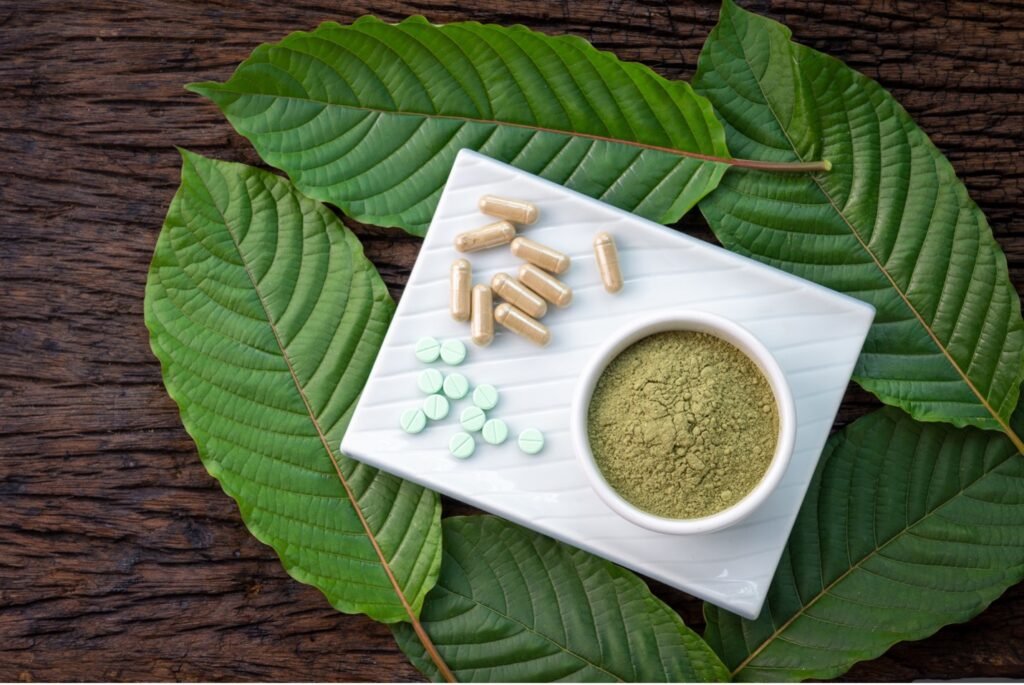
It’s no secret that the world loves supplements. In fact, the global supplement market is worth $141.2 billion as of 2020. And experts project it to grow to over $279 billion by 2030.
Kratom and kava are two natural supplements that are gaining attention. Both compounds have been used in traditional medicine for centuries. And modern-day natural remedy enthusiasts are taking notice now, too.
With their relative newness, though, you may not know the difference between the two. That’s why we’re bringing you this guide about what kava and kratom do and don’t have in common.
Ready to learn more about your new favorite herbal medicines? Then you better keep reading because this one’s for you!
What Do Kratom and Kava Have in Common?
Kratom and kava are both natural products. More specifically, they both come from the dried leaves of plants.
Kratom and Kava also share a long history of use as herbal medicines. That should be no surprise, considering that kava and some kratom strains promote relaxation and improved mood.
But that’s about where the similarities between these two natural supplements end. Keep reading to learn more about the big differences between kratom and kava supplements.
What Is Kratom: Explained
Kratom is a dried powder that comes from the leaves of the Mitragyna speciosa tree. This tree is a near relative of the coffee plant as both are part of the Rubiaceae family of plants.
The Mitragyna speciosa tree is native to Southeast Asian countries. That includes island nations like Malaysia, Indonesia, and Thailand.
Historically, kratom was prescribed to laborers. Workers used kratom as a way to relieve pain and exhaustion from hours on the job.
Kratom’s Active Compounds
Kratom exerts its effects through two compounds known as alkaloids. Mitragynine and 7-hydroxymitragynine are found in high concentrations in kratom leaves.
These two compounds work by binding to human opioid receptors in the brain. Research shows that they lead to the production of serotonin (the “happy” neurotransmitter) and norepinephrine (AKA adrenaline).
Kratom Products
You’ll usually find kratom in powdered form. Once the leaves of the Mitragyna speciosa tree are harvested, they’re dried in the sun and ground into a powder.
You can brew this powder as a tea or mix it into smoothies and other beverages. Some kratom users prefer to mix it with a small amount of water and take it like a shot.
Kratom Strains
Kratom comes in three different strains. The different strains come from the three different types of leaves the Mitragyna speciosa tree produces: green-veined, white-veined, and red-veined.
Depending on your strain of choice, the benefits of kratom vary.
The Benefits of Kratom
Green-veined kratom leaves are thought to be the most potent and long-lasting (up to 8 hours). Green kratom’s primary benefits are pain relief and mental stimulation. It’s also a mood-booster and increases focus.
Like green kratom, white-veined kratom leaves are stimulating. They may improve your mood and can help you feel more productive. At the same time, some people report using white kratom for insomnia.
If you want to harness kratom’s anesthetic effects, red-veined kratom is for you. Red kratom induces relaxation to help with insomnia. This kratom strain may also help individuals undergoing opium withdrawals.
Planning on using kratom for the first time? Check out the link for everything you need to know to have a safe and effective experience.
What Is Kava: Explained
Kava is a powder made from the roots of the Piper methysticum shrub. This shrub is part of the genus Piper, which includes everyone’s favorite spice: pepper.
Piper methysticum is indigenous to the Pacific Islands. Polynesian peoples of Hawaii, Samoa, and Vanuatu have long-used kava as natural medicine.
Traditionally, Polynesian people also consumed kava for spiritual ceremonies because it produces mildly euphoric effects.
Kava’s Active Compounds
Kava’s main active ingredients are called kavalactones. Researchers have uncovered at least six kavalactones in kava, including methysticin.
Though we don’t know much about kavalactones, we do know a few interesting things. For example, kavalactones may interact with the brain’s emotional center — the limbic system. They also play a role in dopamine release.
Kava Products
Kava was traditionally served as a beverage. Polynesia restaurants and bars still mix kava with water and coconut milk today. It’s also common to find kava made into a tea or mixed with fruit juices.
If you’re searching for kava, you can usually find it sold as a tea at a supermarket or specialty foods store near you.
The Benefits of Kava
Kava doesn’t come in strains as kratom does. Depending on potency, you can generally expect the same effects from one kava product to another.
Kava offers many of the same benefits as kratom without the added stimulation. In other words, kava can help with pain and relax you at the same time. That’s why many people use it for sleep.
Other uses of kava include treating ADHD, respiratory tract infections, and some cancers. Some people even report using kava to overcome alcohol addiction as it provides many of the same benefits without the addiction.
Kratom and Kava: Which One’s Right for You?
Kratom and kava share some commonalities in that they’re both natural supplements with a long history of human use. However, kratom is used more for pain relief and stimulation, while kava is better for relaxation.
Can’t decide whether kratom or kava is right for you? Then keep scrolling for more articles about these two natural remedies!



